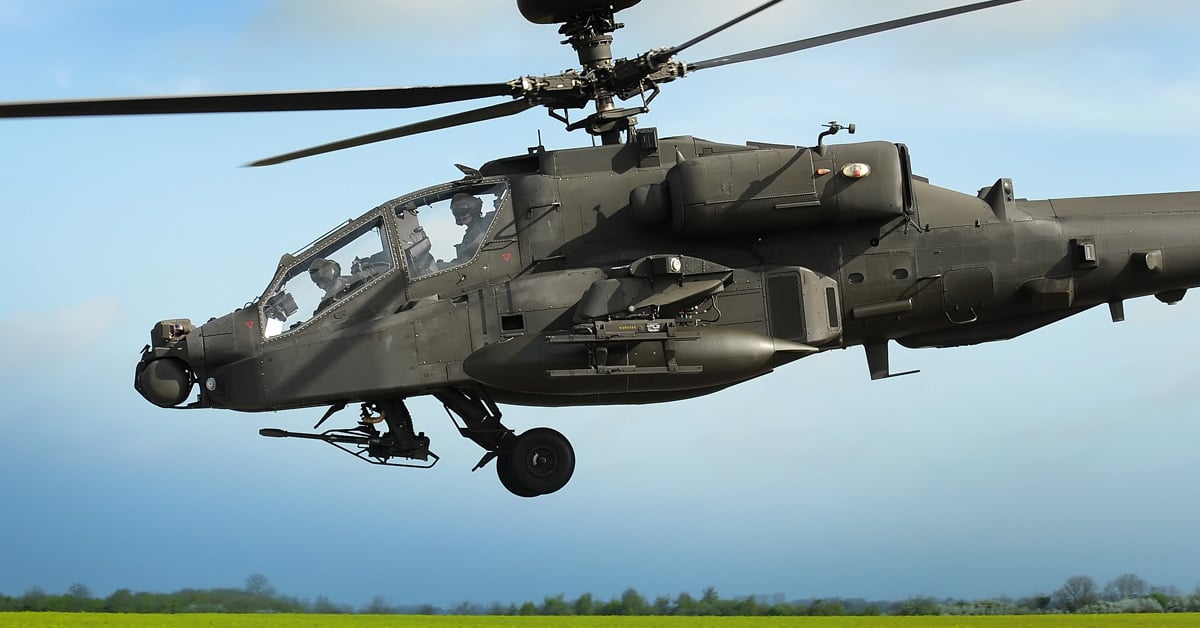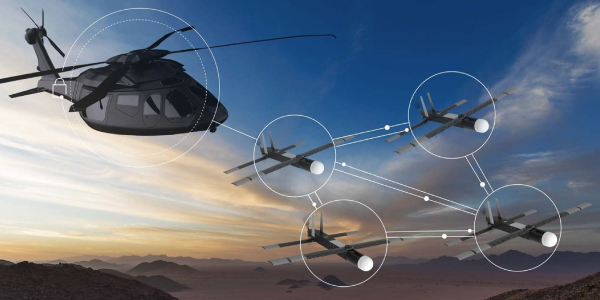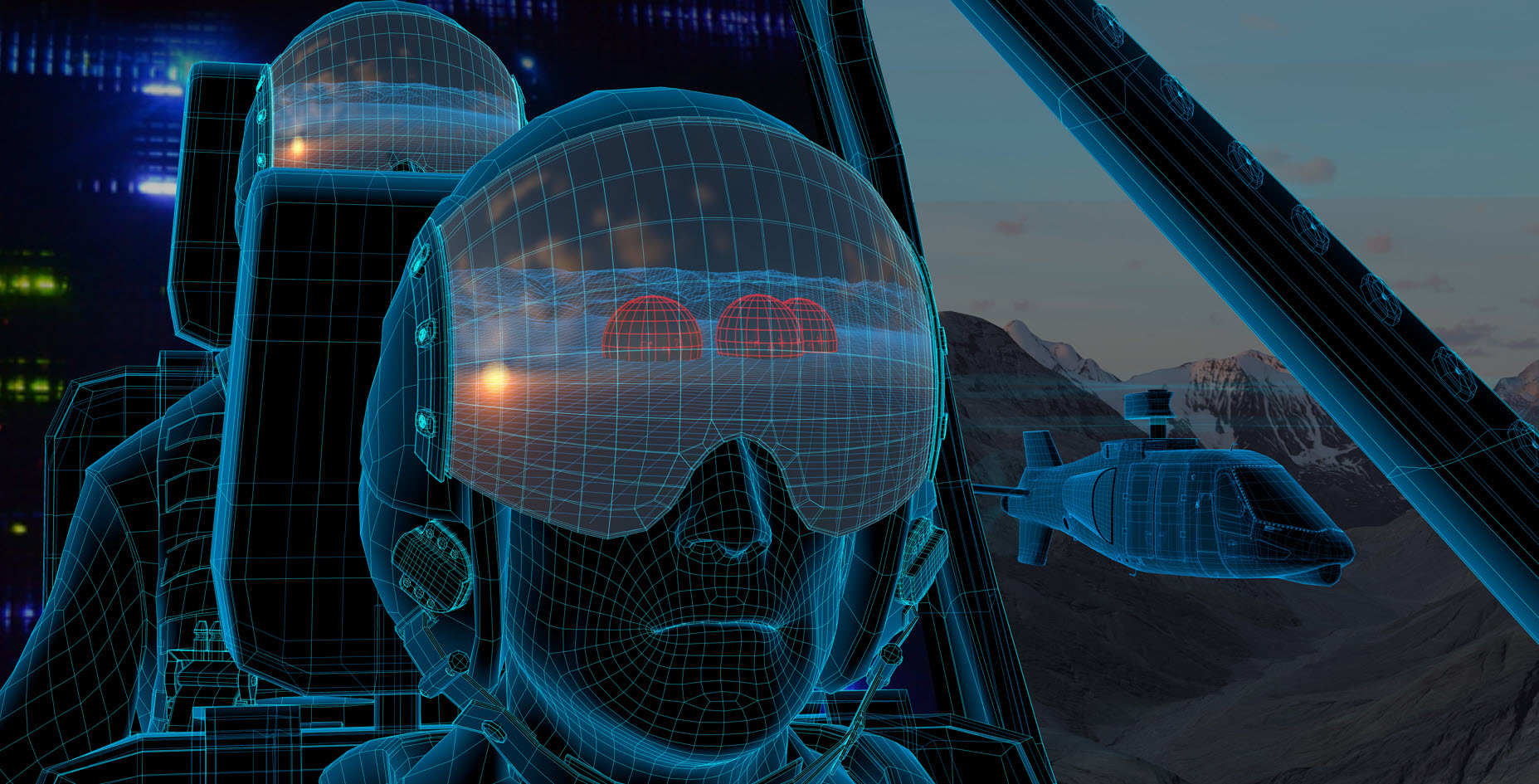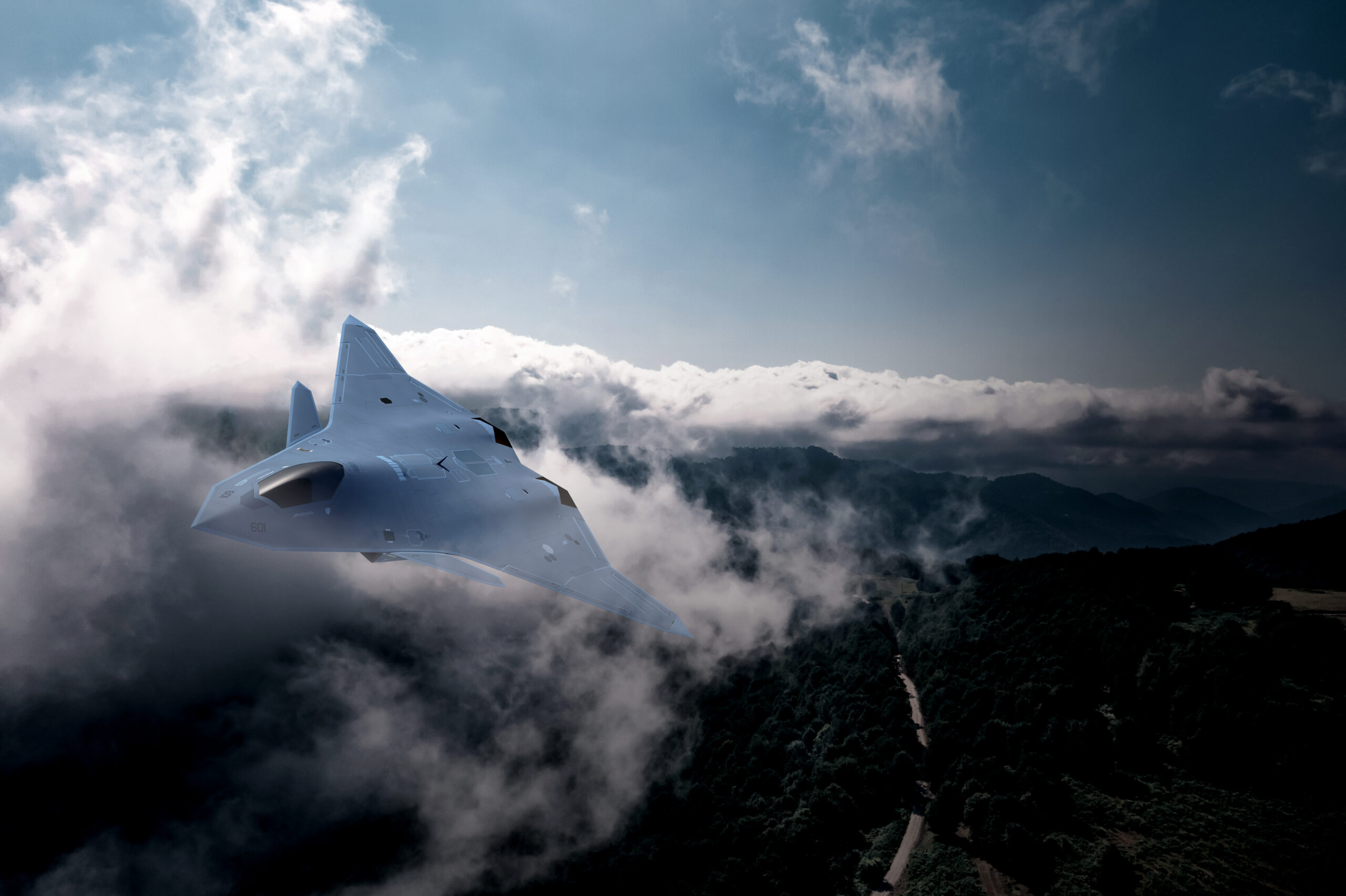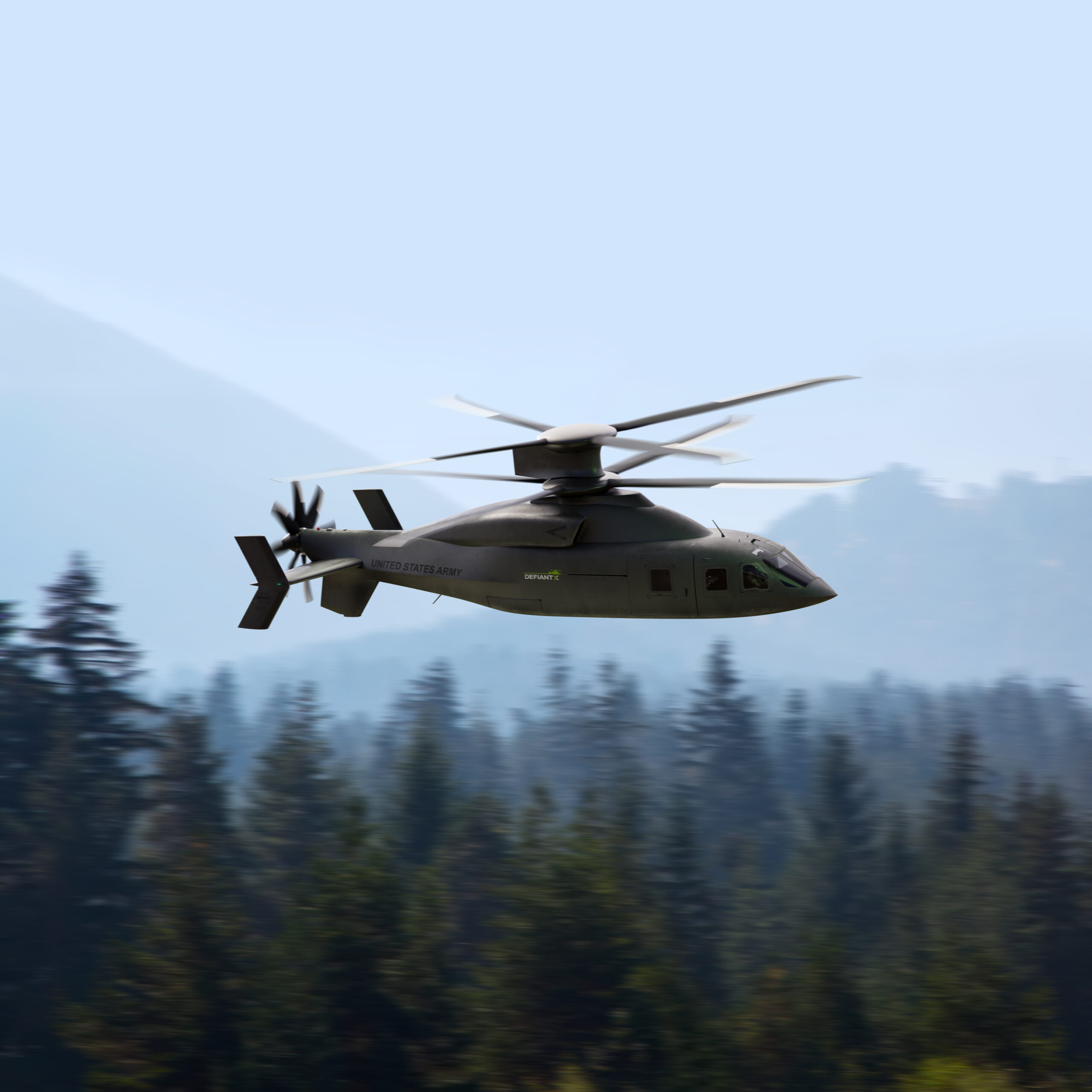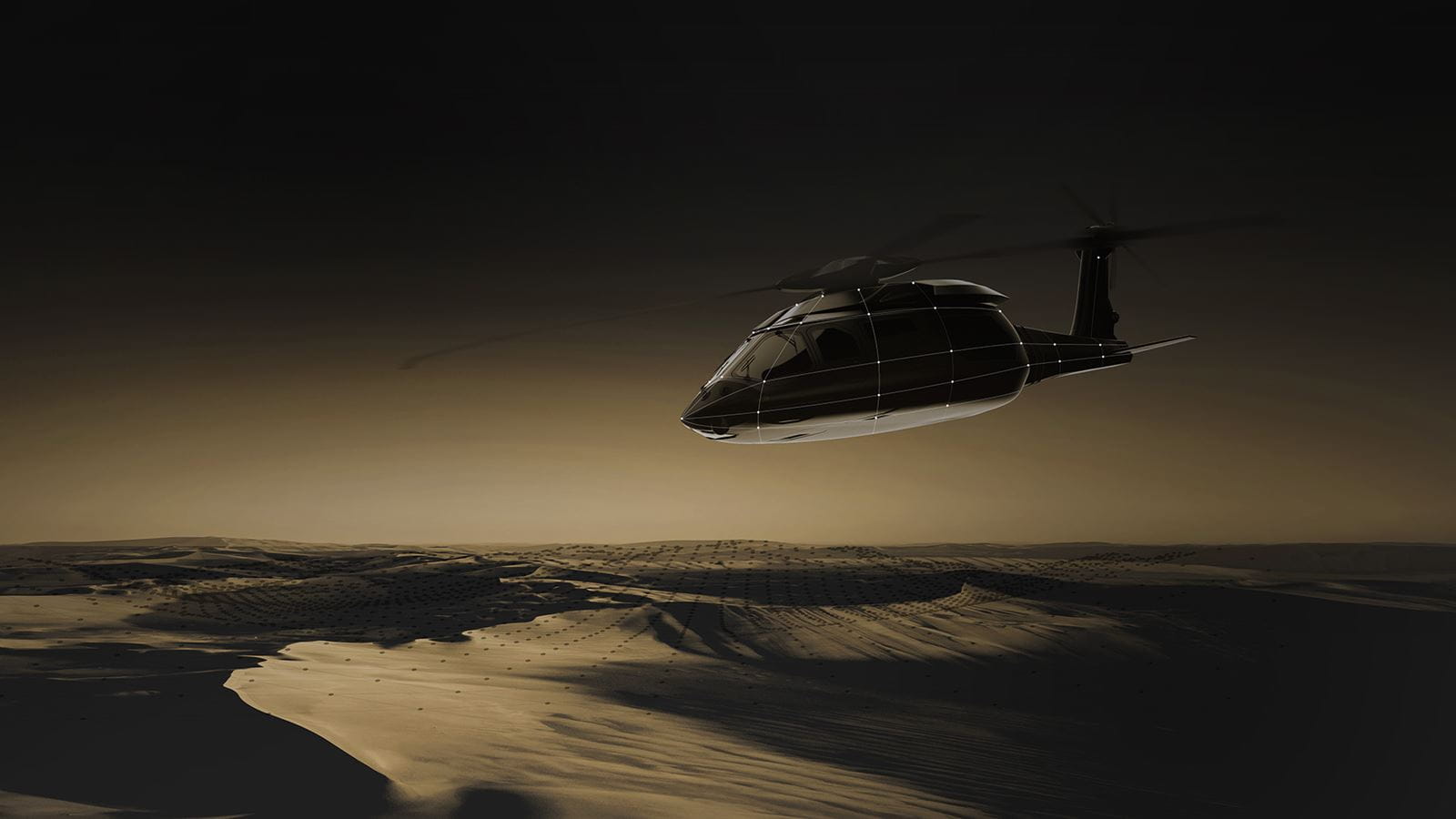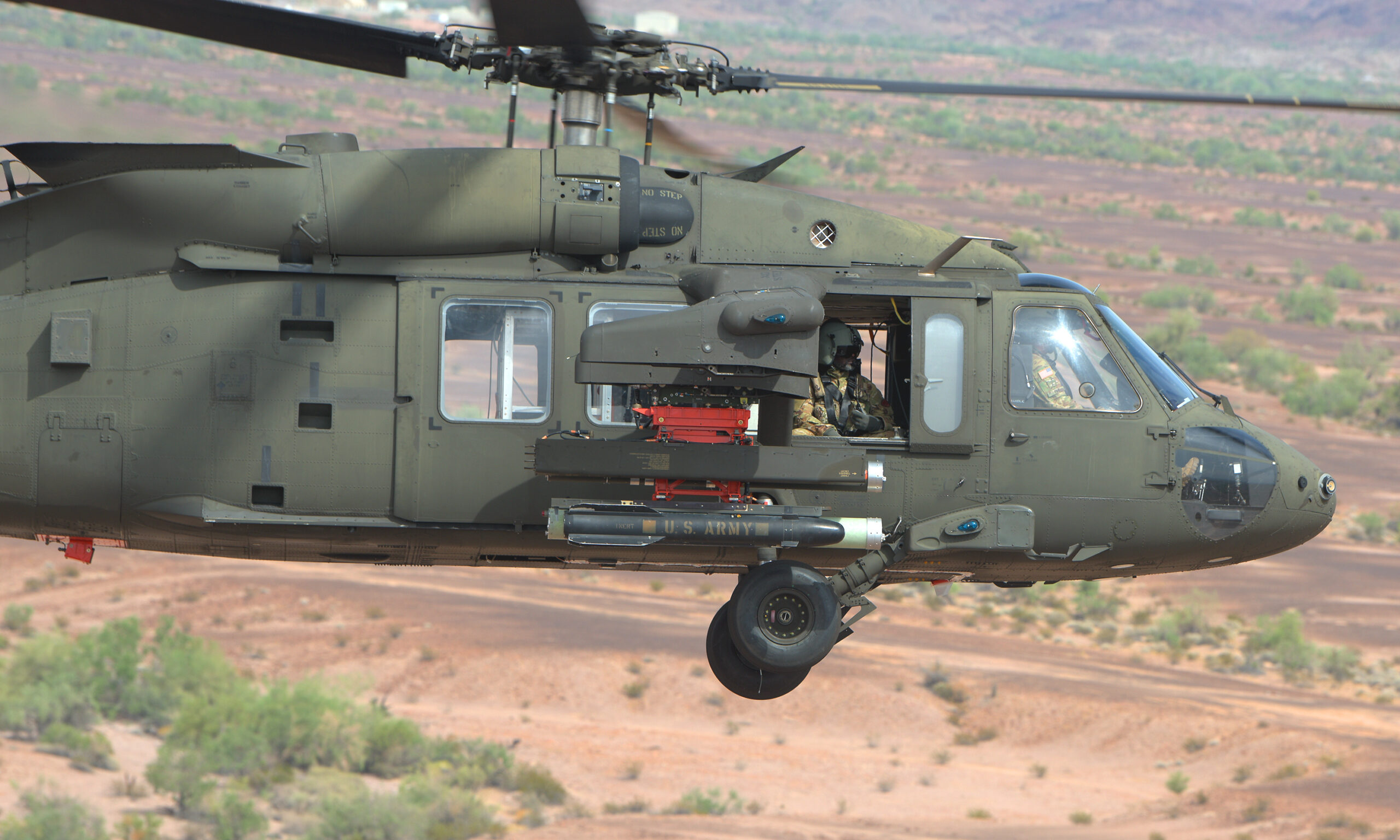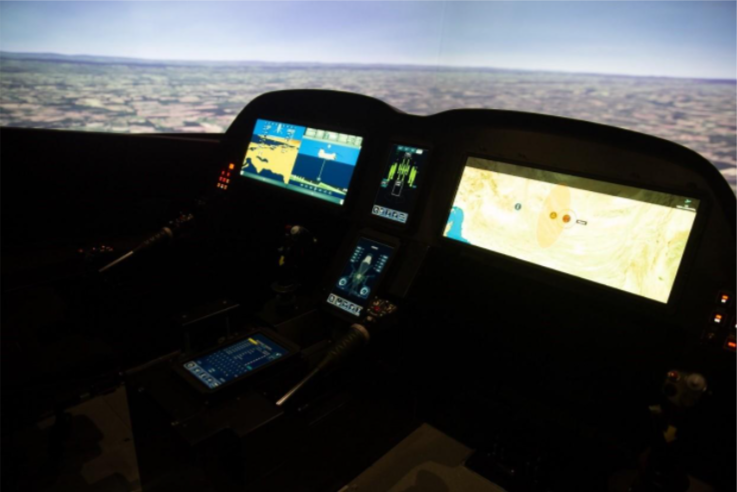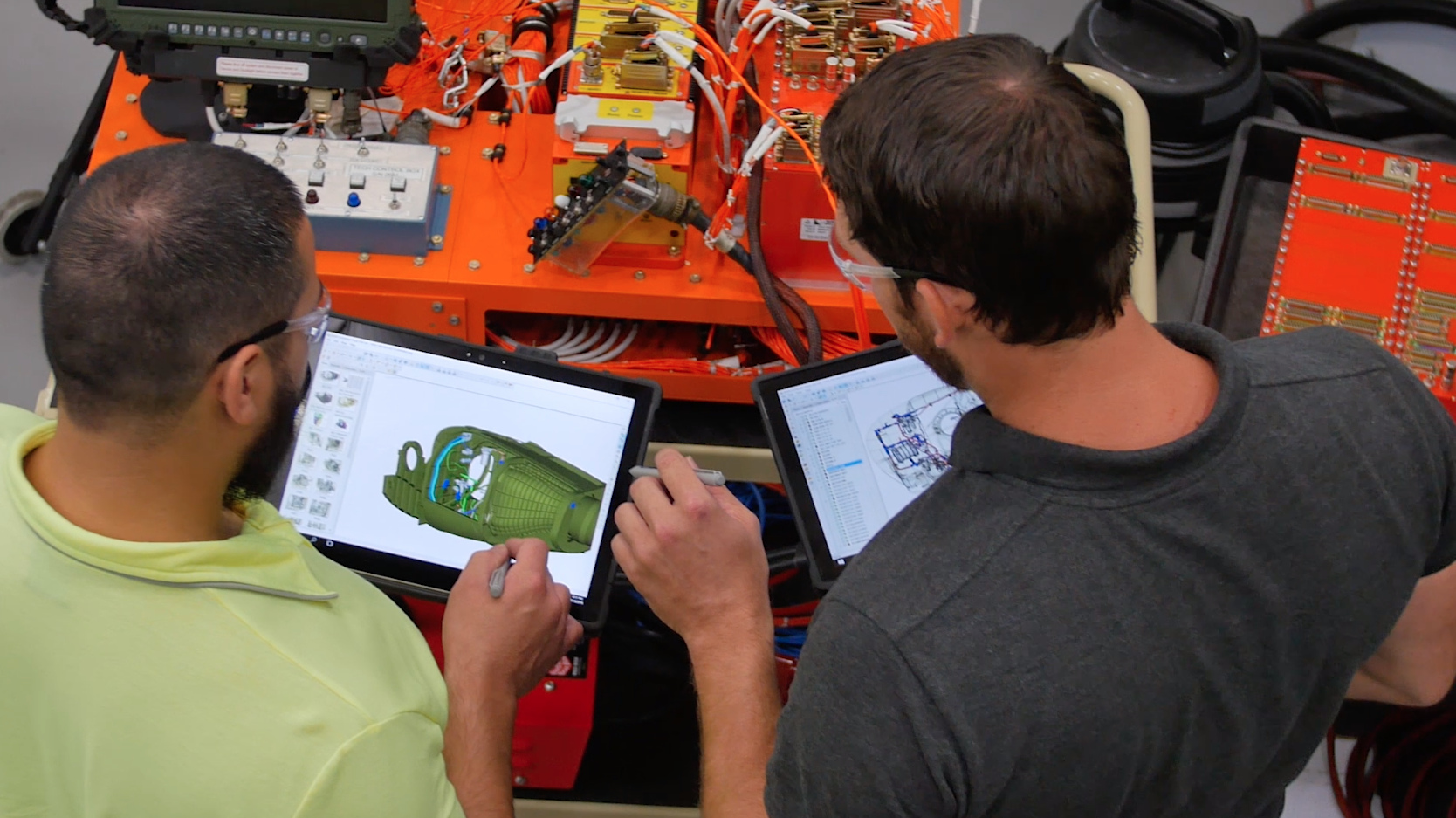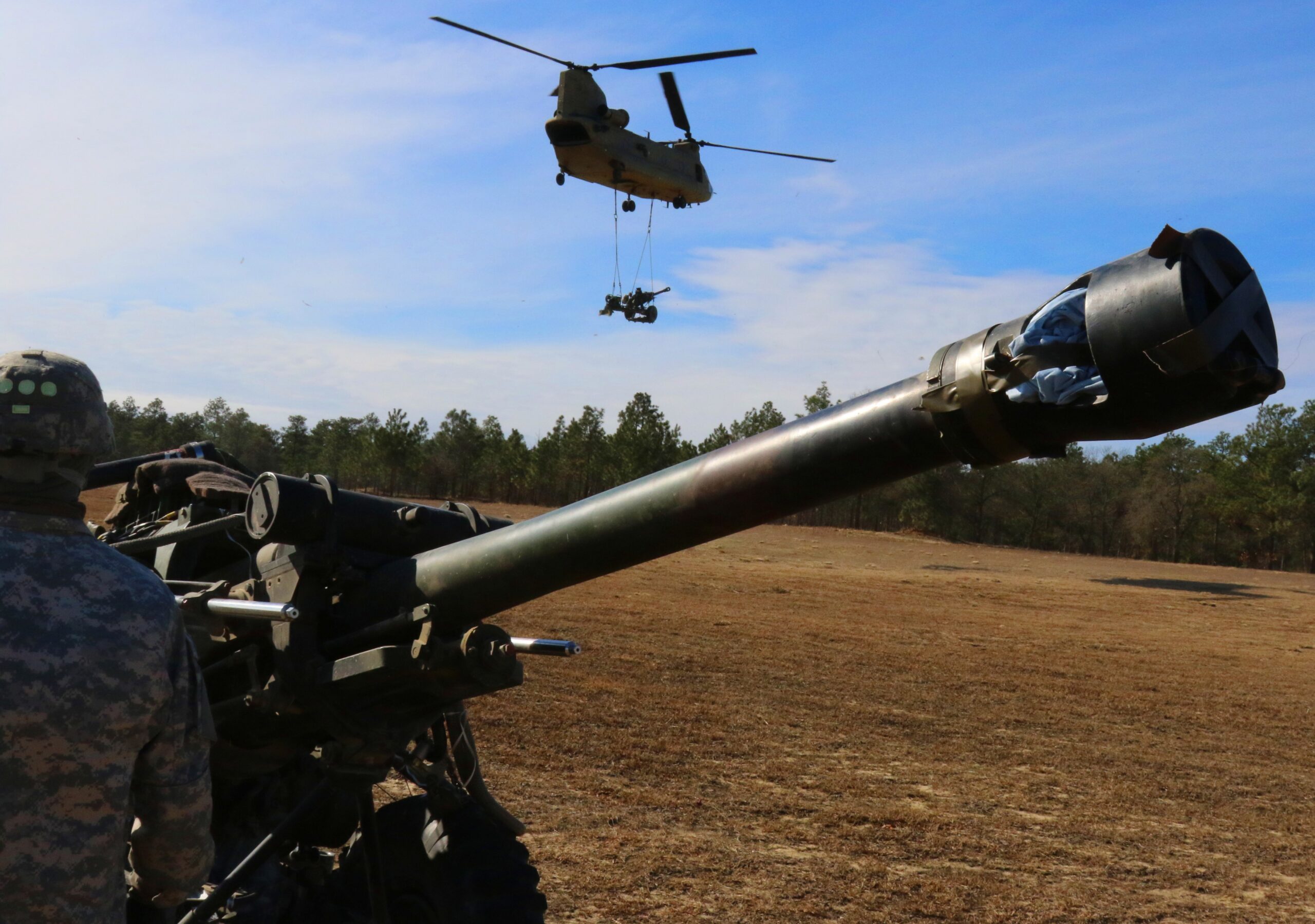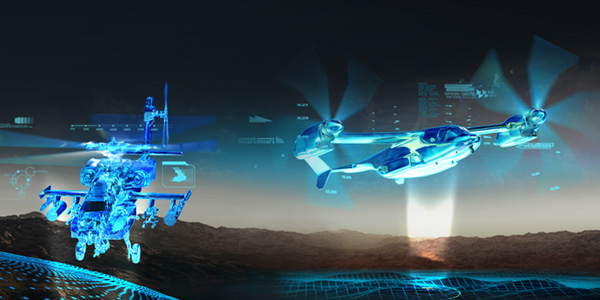

DoD uses FAR Part 12 acquisitions to save hundreds of millions of dollars in “of a type” systems like civil landing systems with applicability to military aircraft.
By Breaking Defense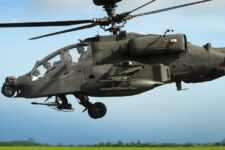
Overmatch is fleeting and while traditional acquisitions can’t always keep up with new threats, a different and approved practice can.
By Breaking Defense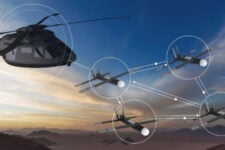
There are many critical connections being made across the FVL ecosystem that will also serve to modernize the current fleet.
By Breaking Defense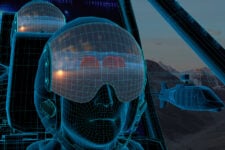
For Future Vertical Lift, the Army wants new and innovative technology that transforms their platforms into advanced weapons systems. One such technology is Raytheon Technologies’ revolutionary RAIVEN Turret 1000, first in a new family of EO/IR systems.
By Breaking Defense
Innovative integration approaches and open systems architecture can bring revolutionary improvements to the performance of FLRAA and FARA, as well as the current fleet.
By Barry Rosenberg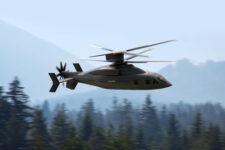
Boeing’s innovative solutions help the U.S. maintain global dominance by deterring and defeating the threats of today — for the sake of tomorrow.
By Boeing
You get higher speeds with less weight and drag. Meeting speed, range and payload targets for the Army’s two Future Vertical Lift programs can be partially accomplished with transformational integrations of systems that have never been brought together before.
By Breaking Defense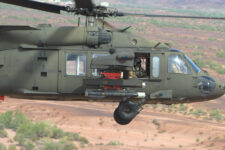
The question of whether the Defense Department or the primes should own all the data rights to various elements of the FVL program is a simplistic, false choice, says a CSBA senior fellow.
By Barry Rosenberg
There’s no one software application, wave form, or set of capabilities that can win the day against near peers. Open systems, however, are that one thing that will keep Army systems relevant in all stages of conflict.
By Breaking Defense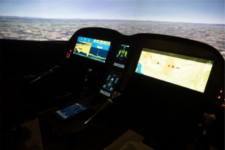
Success can only be achieved by finding common ground between the US government’s desire for MOSA and industry’s incentive to modify its current business cases.
By Collins Aerospace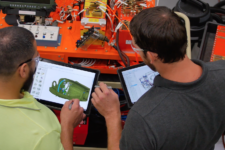
By implementing a design-as-built methodology that digitally connects entire FVL programs throughout the lifecycle, Bell has increased its ability to collaborate in real-time with program partners and the Army to deliver new capabilities faster and more affordably.
By Breaking Defense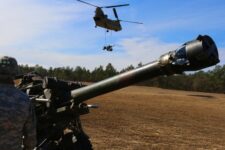
With the Army focused on FLRAA and FARA, the question of heavy lift under the Future Vertical Lift program won’t be answered for a decade or more. In the meantime, here’s what the Army is thinking.
By Barry Rosenberg
Autonomy will tie together aircraft, sensors, payloads, and human operators capabilities to enable humans to move from “operator” of one system to “manager” of many.
By Breaking Defense


















